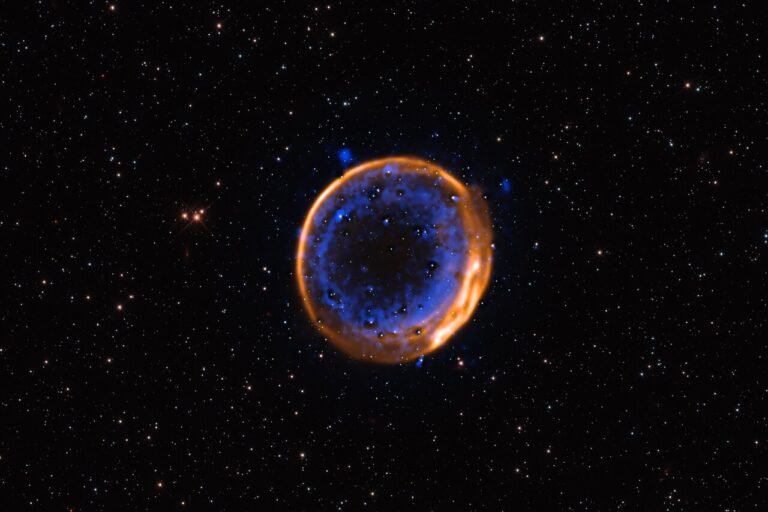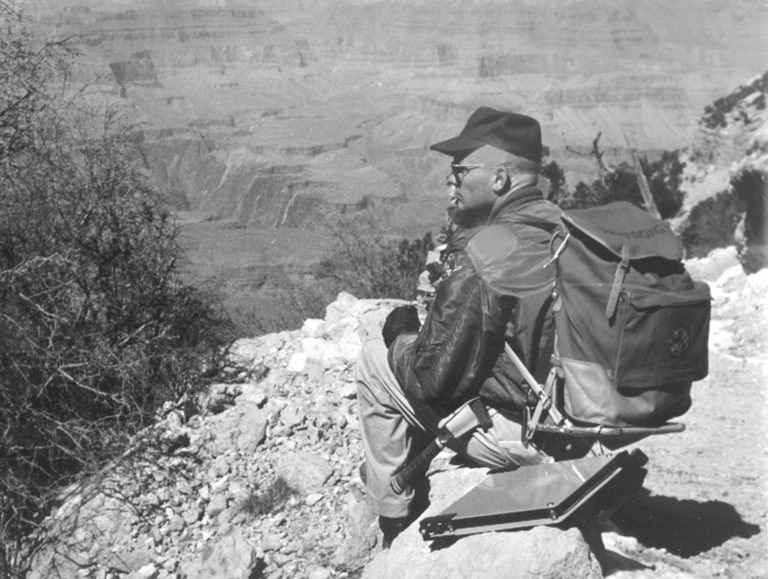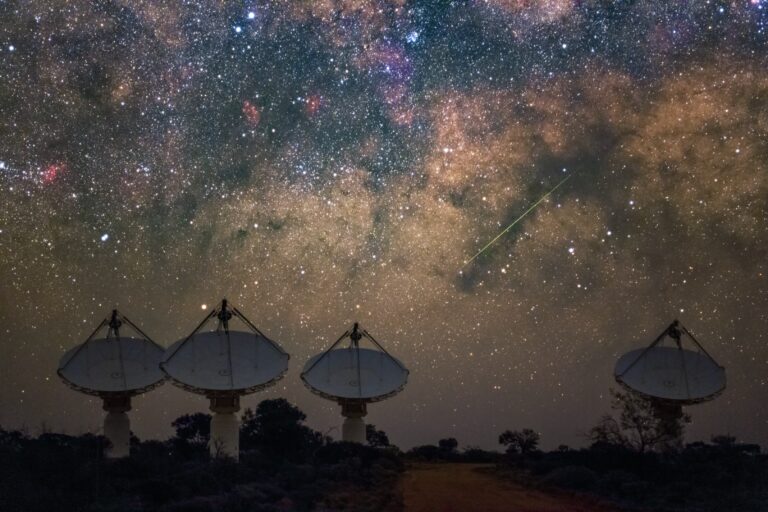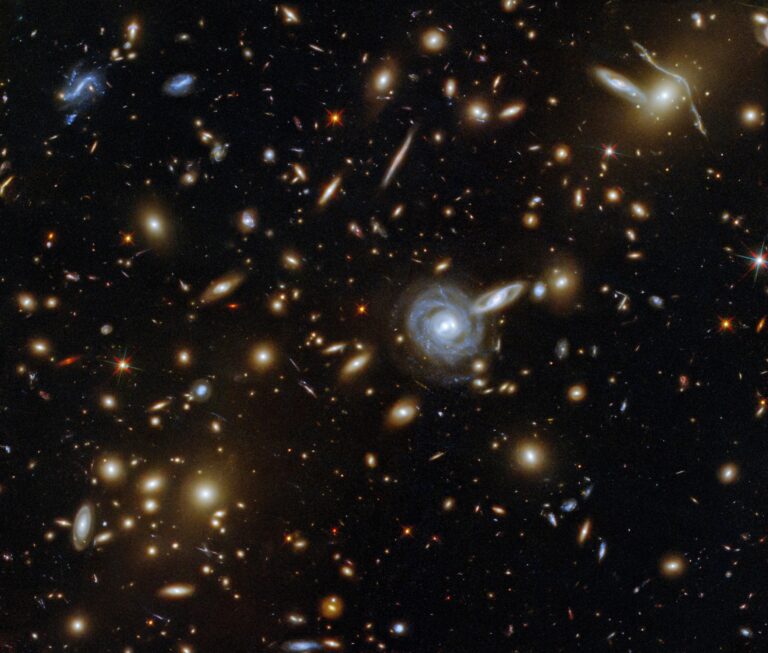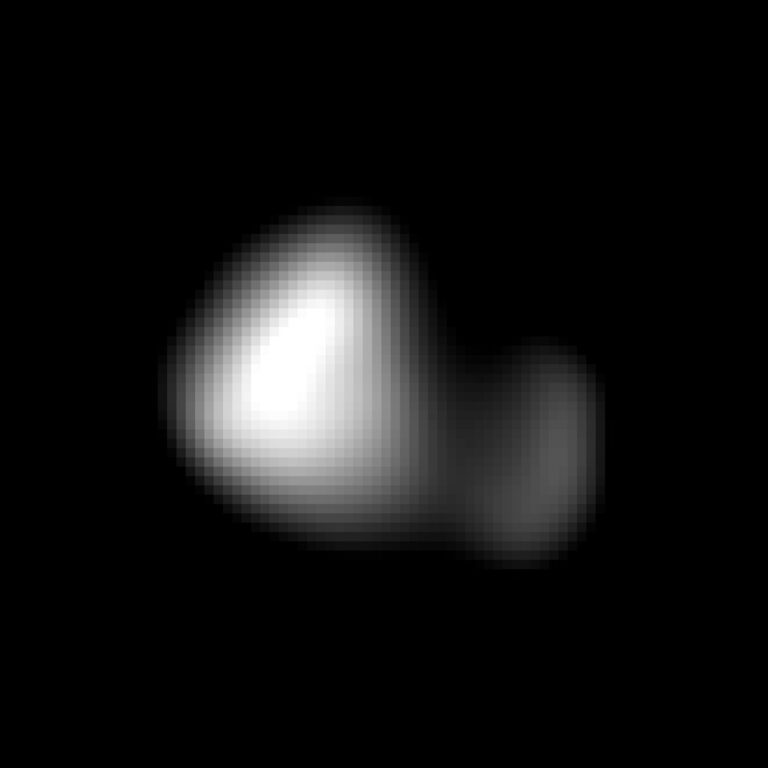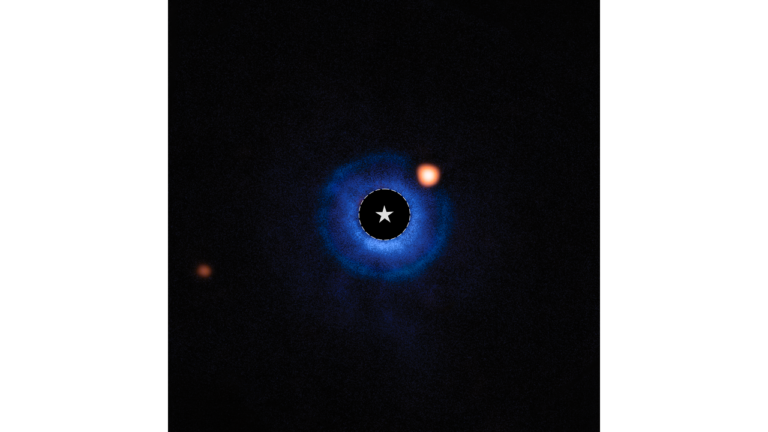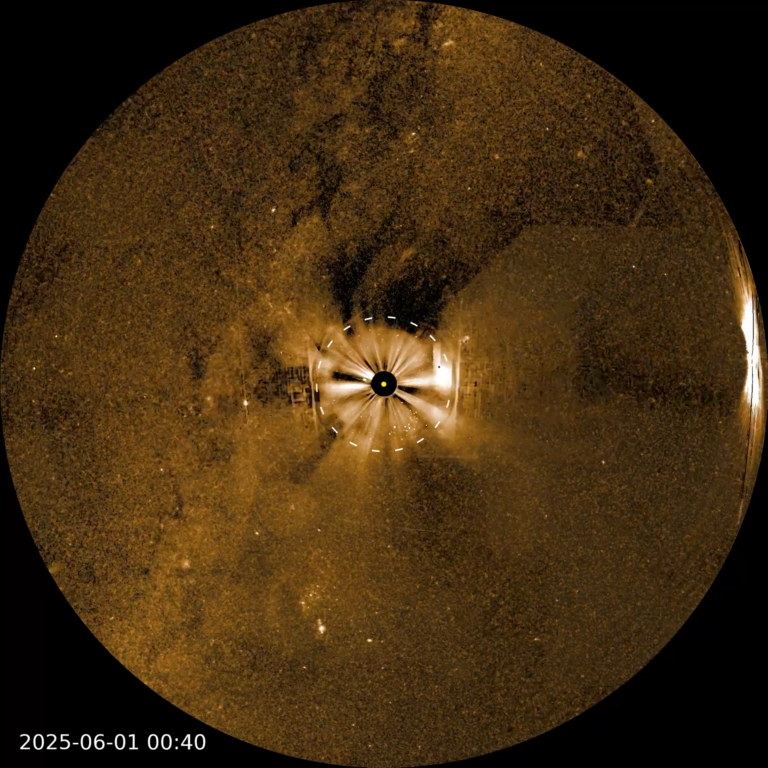
You’ll find this grouping of galaxies 2° north-northwest of the 2nd-magnitude star Algieba (Gamma [γ] Leonis). It carries a couple of common names. One is the Gamma Leonis Group because of its nearness to Algieba. The other is Hickson 44, the brightest group in Canadian astronomer Paul Hickson’s catalog of 100 compact galaxy groups. Hickson 44 lies approximately 100 million light-years away.
Spiral NGC 3190, the largest galaxy in Hickson 44, appears more than twice as long as it is wide (4.1′ by 1.6′) and glows at magnitude 11.2. Its central region is bright and long. Through a 12-inch telescope at 250x, you’ll see a dust lane south of the nucleus. The lane is least apparent near the nucleus. It broadens in both directions as you look away from the center. With a diameter of 75,000 light-years, NGC 3190 is slightly smaller than the Milky Way.
The brightest galaxy in Hickson 44 is the elliptical NGC 3193, which glows at magnitude 10.8 and has a diameter of 2′. An 8-inch telescope will reveal a wide, evenly illuminated core surrounded by a thin halo.
The final two objects in this quartet are the magnitude 12.0 barred spiral NGC 3185 (11′ to the southwest of NGC 3190) and the magnitude 12.9 spiral NGC 3187 (5′ to the northwest).
Galactic astronomers theorize that compact galaxy groups like Hickson 44 eventually merge into a single object, probably a giant elliptical galaxy. Computer simulations show that this will happen in about a billion years.

